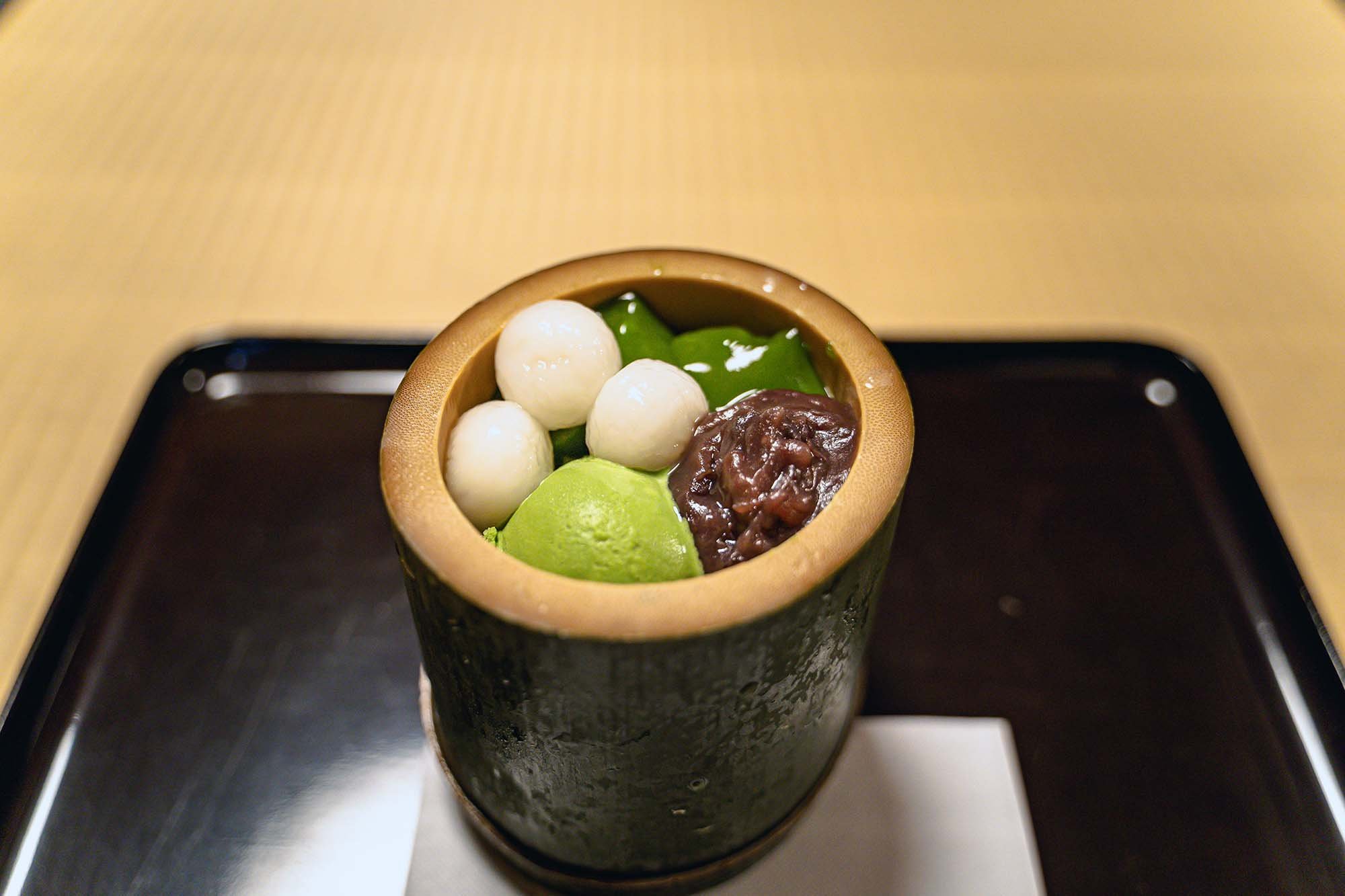Kyoto: The Food Tour
After several visits to Kyoto and seeking out authentic Kyoto foods, here’s where I recommend.
Kyoto: Fall Spots
Japan’s fall colors are absolutely beautiful, and Kyoto is one of the best places to go for them.
Kyoto: Beyond the Shrines
There's a different side of Kyoto that goes beyond the temples and shrines, and they are worth experiencing.
Kyoto: Temples & Shrines
Good at any time of year, Kyoto is best known for its temples and shrines. Here are some to definitely see.




